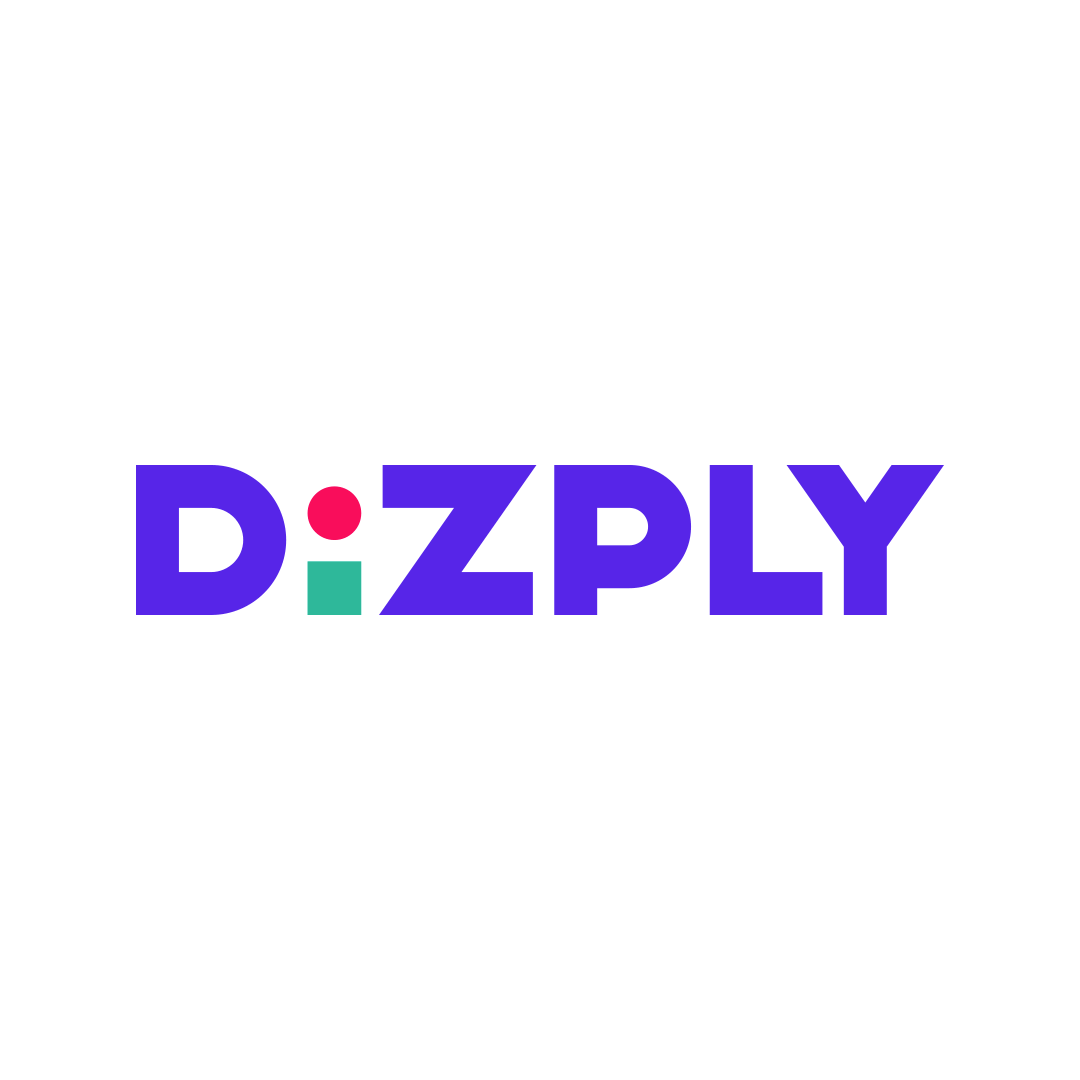Description

Easy Redmine

Dizply
Comprehensive Overview: Easy Redmine vs Dizply
Sure, let's delve into a comprehensive overview of Easy Redmine and Dizply, covering their primary functions, target markets, market share, user base, and key differentiating factors.
Easy Redmine
a) Primary Functions and Target Markets:
Primary Functions:
Easy Redmine is a project management tool that extends the functionalities of Redmine, a popular open-source project management software. Its primary functions include:
- Task and resource management
- Time tracking and reporting
- Agile project management (Scrum, Kanban)
- Gantt charts for project planning
- Integrations with various tools like CRM, Help Desk, and finance systems
- Collaboration tools like document management and team chat
- Budgeting and cost tracking
Target Markets:
Easy Redmine targets a wide range of industries, including IT/software development, construction, engineering, education, and services. It serves both small to medium-sized businesses and large enterprises seeking robust project management solutions.
b) Market Share and User Base:
-
Market Share: Easy Redmine holds a niche position in the project management software market due to its specialization in enhancing Redmine's capabilities. While it may not have a large market share compared to giants like Asana or Jira, it is a favored option for organizations already using Redmine or seeking open-source flexibility.
-
User Base: The user base consists largely of technical teams familiar with Redmine, as well as industries that need tailored project management solutions. Its user base is global, with strong followings in Europe, due to the origins of both Redmine and Easy Redmine.
c) Key Differentiating Factors:
- Redmine Extension: Easy Redmine provides an enriched experience for users of Redmine, adding features that are not present in the base version.
- Customization: It offers extensive customization options, making it appealing for organizations with specific workflow needs.
- Integrations: The platform supports a broad range of integrations, which allows it to fit seamlessly into the existing tech stacks of enterprises.
Dizply
a) Primary Functions and Target Markets:
Primary Functions:
Dizply is a workflow management tool designed specifically for marketing and creative teams. Its primary functions include:
- Ad campaign management
- Creative asset management and sharing
- Collaboration on creative projects
- Review and approval workflow for designs and ads
- Task management tailored to marketing/creative processes
- Integration with external ad platforms for smooth execution
Target Markets:
Dizply targets marketing agencies, in-house marketing teams, and creative teams within organizations. It is particularly designed to improve workflows in the advertising and creative content space.
b) Market Share and User Base:
-
Market Share: Dizply caters to a very specific niche within the project management and creative workflow market. Its market share is smaller but it holds a unique position as a specialized tool for marketers and creatives.
-
User Base: The user base largely consists of marketing and advertising professionals and creatives. It is adopted globally, with strong ties to digital marketing and creative industries, who value its dedicated attention to the nuances of creative project management.
c) Key Differentiating Factors:
- Creative Focus: Unlike general project management tools, Dizply is specifically oriented toward marketing and creative tasks.
- Specialized Workflow Features: Features such as ad creation and campaign tracking are designed to cater specifically to marketers and creative teams.
- Ease of Use: The platform is tailored for non-technical users, providing intuitive tools for managing the unique demands of creative project workflows.
Comparison in Summary
While both Easy Redmine and Dizply are project-oriented tools, they serve distinct markets and user needs. Easy Redmine excels as an enhanced continuation of Redmine, appealing to those requiring high customization and integration within complex project environments. In contrast, Dizply's strength lies in its specialized focus on simplifying and enhancing workflows for marketing and creative professionals. The choice between these tools generally depends on the specific industry requirements and workflow processes within an organization.
Contact Info

Year founded :
Not Available
Not Available
Not Available
Not Available
Not Available

Year founded :
2016
+1 573-287-3109
Not Available
Poland
http://www.linkedin.com/company/dizply
Feature Similarity Breakdown: Easy Redmine, Dizply
To provide a detailed feature similarity breakdown between Easy Redmine and Dizply, let's explore the aspects you mentioned:
a) Core Features in Common
-
Project Management:
- Easy Redmine: Known for comprehensive project management capabilities including task management, scheduling, project planning, and resource allocation.
- Dizply: Primarily oriented towards creative asset management but features project management functionalities such as task assignment and deadline tracking.
-
Collaboration Tools:
- Both platforms emphasize collaboration, allowing team members to communicate, share files, and manage work collectively. Features like comments and team chat are common.
-
User Permissions and Roles:
- Both systems offer settings for managing user permissions, so teams can control who has access to certain data and functionalities.
-
Reporting and Analytics:
- Both platforms provide tools for generating reports and gaining insights into project performance to help with strategic planning and project adjustments.
b) User Interface Comparison
-
Easy Redmine: The interface is robust, designed for comprehensive project management tasks. It can seem overwhelming at first due to its extensive features but is organized logically for efficiency in managing large-scale projects.
-
Dizply: This focuses on simplicity and ease of use, with a more creative-oriented UI. It's visually appealing and intuitive, making it easier for users who may not need complex project management features but require an easy-to-navigate interface for creative projects.
c) Unique Features
-
Easy Redmine:
- Advanced Resource Management: Offers detailed features for resource allocation, Gantt charts, time tracking, and workload management.
- All-in-One Suite: Integrates with other business tools and allows for a broad range of add-ons, making it suitable for extensive enterprise environments.
-
Dizply:
- Creative Asset Management: Provides dedicated features for creative project needs, such as approval workflows for graphics and versioning of creative assets.
- Focus on Advertising and Digital Campaigns: Tailored features for managing advertising campaigns and collaboration between creative teams and stakeholders.
Ultimately, the choice between these tools will depend on the user’s specific needs: Easy Redmine is ideal for those needing comprehensive project management solutions, while Dizply caters more to teams working in creative industries needing to streamline the creative content approval process.
Features

Not Available

Not Available
Best Fit Use Cases: Easy Redmine, Dizply
a) Easy Redmine Use Cases:
Types of Businesses or Projects:
-
Project Management-Focused Organizations:
- Easy Redmine is ideal for businesses heavily reliant on project management, such as consulting firms, IT companies, and construction businesses. Its project tracking, task management, and time-tracking capabilities make it a strong choice for managing complex projects.
-
Enterprises with Multifaceted Projects:
- Large enterprises handling multiple projects simultaneously benefit from Easy Redmine’s comprehensive suite of tools, including Gantt charts, resource management, and budgeting functionalities.
-
Agile and Waterfall Methodology-Based Projects:
- Companies that use Agile, Waterfall, or hybrid methodologies can tailor Easy Redmine to their processes with its customizable workflows and sprint planning features.
-
Resource-Intensive Industries:
- Industries like manufacturing, engineering, and energy, which require robust resource management, can leverage Easy Redmine to optimize resource allocation and capacity planning.
Features Catering to Businesses:
- Integration with other tools, robust reporting, time tracking, and customer support modules.
b) Dizply Use Cases:
Scenarios for Preferred Use:
-
Marketing and Advertising Agencies:
- Dizply is tailored for agencies needing to manage digital marketing assets and campaigns. Its collaboration features allow teams to manage creative processes, approvals, and campaign delivery efficiently.
-
Creative Teams Working on Digital Content:
- Ideal for teams producing content for social media, display ads, or multimedia advertising, where asset feedback and approvals are crucial.
-
Remote and Distributed Teams:
- Agencies or teams that operate remotely benefit from Dizply’s cloud-based platform, fostering seamless collaboration and communication without geographical constraints.
-
Startups in Digital Media:
- Startups focusing on agile marketing strategies can leverage Dizply for its user-friendly interface and collaborative functionalities to speed up campaign execution.
Features Catering to Businesses:
- Real-time collaboration, streamlined approval processes, creative asset management, and integration with ad platforms.
d) Catering to Different Industry Verticals or Company Sizes:
Easy Redmine:
- Industry Verticals: Flexible enough to serve diverse industries from IT and consulting to engineering and construction.
- Company Sizes: Scalable for small to large enterprises, with a modular approach allowing customization based on business size and needs.
Dizply:
- Industry Verticals: Primarily caters to the creative and marketing sectors, including advertising, digital media, and content creation.
- Company Sizes: Best suited for small to medium-sized agencies and creative teams, offering cost-effective solutions suitable for startups and growing teams needing strong collaborative tools.
Both Easy Redmine and Dizply play to their strengths by suiting different industry verticals and company sizes, driven by their core functionalities and the unique needs they address within those scopes.
Pricing

Pricing Not Available

Pricing Not Available
Metrics History
Metrics History
Comparing undefined across companies
Conclusion & Final Verdict: Easy Redmine vs Dizply
To provide a conclusion and final verdict on Easy Redmine and Dizply, it's important to consider several aspects such as functionality, target use case, user experience, and overall cost-effectiveness. Here's a comprehensive breakdown:
a) Overall Best Value
Easy Redmine: This tool is a robust project management solution designed to enhance productivity through comprehensive features like time tracking, resource management, budget control, and task management. It is often favored by businesses that require detailed project management capabilities and a high level of customization.
Dizply: Primarily aimed at creative teams and digital agencies, Dizply focuses on streamlining the management of creative assets, collaboration, and approval processes. Its value lies in its ability to simplify and integrate creative workflow processes.
Best Value Verdict: If your organization is looking for an all-encompassing project management tool with extensive features that can be tailored to various industry needs, Easy Redmine offers better overall value. However, for creative teams needing specialized collaboration and asset management capabilities, Dizply presents the better niche solution.
b) Pros and Cons
Easy Redmine:
Pros:
- Comprehensive project management features cover a wide range of needs.
- Highly customizable and scalable, making it suitable for different business sizes and industries.
- Strong reporting and analytics features help improve project oversight and decision-making.
Cons:
- Can be overwhelming for smaller teams or businesses without dedicated project management staff.
- The learning curve might be steep for new users.
- Higher cost due to its extensive features may not justify the investment for smaller projects or teams.
Dizply:
Pros:
- Specialized features tailored for creative teams, including asset management and collaborative tools.
- Simplifies approval processes and feedback, improving efficiency in creative workflows.
- User-friendly interface suitable for non-technical users.
Cons:
- Limited in its application beyond creative industries and specific use cases.
- Might lack advanced project management functionalities offered by broader platforms like Easy Redmine.
- Integration with other tools may be less comprehensive than larger project management systems.
c) Recommendations for Users
-
Understand Your Needs: Evaluate whether your primary needs are comprehensive project management (choose Easy Redmine) or efficient creative asset management and collaboration (opt for Dizply).
-
Consider Team Size and Scope: If you operate a large-scale operation with complex project demands, Easy Redmine will likely provide better support. For smaller creative teams looking for an intuitive platform to manage creative processes, Dizply will be more beneficial.
-
Budget Considerations: Ensure the tool aligns with your budget and the value it provides justifies the cost. Easy Redmine may require a higher investment, which should be weighed against the scope of your projects.
-
Trial and Feedback: Take advantage of free trials or demos to get first-hand experience with each tool’s interface and functionalities. Gather feedback from your team to ensure the chosen tool suits their workflows and requirements.
By carefully considering these aspects, businesses and teams can make an informed decision based on their unique requirements, industry demands, and strategic objectives.
Add to compare
Add similar companies




